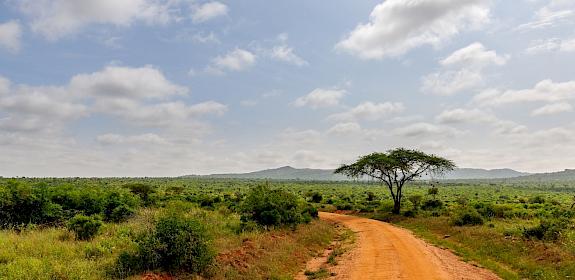Turning a blind eye to the importance of plants
David Newton, Director - Southern Africa
The CITES CoP18 is well underway and as is usually the case, the large megafauna have largely dominated proceedings. Meanwhile in what appears to be the backwaters of the Convention the plants specialists work away on species that are in some instances far more threatened by trade than their animal counterparts.
But despite their ecological importance in the food chain and as mitigators of climate change, plants do not attract the same keen interest that larger animals do. This “plant blindness” is well known in conservation circles and epitomised by the ease with which these proposals are voted through without the same high levels of publicity or apparent interest in some quarters.
And yet some species are on the edge of disappearing from planet earth. Take the Mount Mulanje Cedar Wideringtonia whytei from Malawi. This is a species that tourists may know from the aromatic wooden boxes, and other trinkets offered for purchase in Malawi’s Mulanje village.
This timber species is remarkable because of its highly aromatic timber that protects it from termites, fungi and other organisms that would otherwise quickly break down other timber species. However, sadly this species has been in decline over a period of about 150 years. Firstly, at the hands of colonial forest departments and more recently due to the impacts of the local population encouraged by demand from foreign timber merchants.
Although attempts have been made by the Malawi Dept of Forestry and the Mount Malanje Conservation Trust to conserve the species, their attempts have been frustrated by those responsible for the illegal timber trade. In this manner, the rule to only allow the harvest of large dead mature trees, has been abused through the use of ring barking to hasten the demise of mature trees. Now there are no mature trees left with the only larger trees existing in limited in-situ plantations. This has prompted, belatedly, its listing in CITES Appendix II. It is hard to understand how this urgent step has been left so late and one wonders whether it will have the desired effect.




